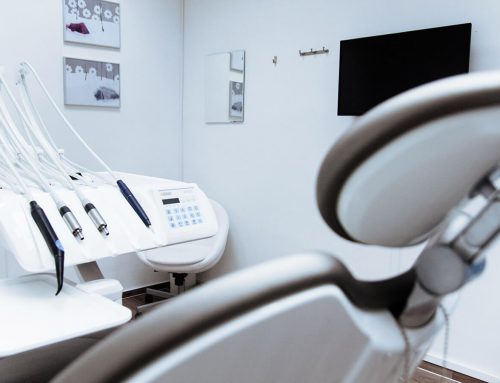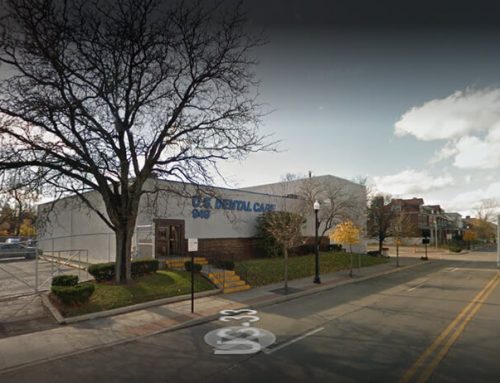
When you initially hear the phrase, you might think it has to do with home improvement… except it’s “root” and not “roof” planing. It’s something that is done to try to halt any possible damage from tartar build-up in its tracks and keep it from worsening.
Here’s all that you need to know about scaling and root planing.
Beforehand
The dentist or hygienist has to determine if this procedure is even necessary in the first place. The way that they do this is by examining your gum line for pockets and then measuring how deep the pocket is between the tooth and gum. If it’s more than four millimeters deep, then that means that tartar has built up to a point that it poses a threat to release toxins that can do even more damage to your mouth with results that can damage even more than your oral health. Thanks to the mouth being a gateway to other sections of the body, gum disease can play a part in many other conditions, including diabetes and heart disease.
So, if the tartar has built up to this extent, then this becomes the first line of defense against gum disease. Normally, when you get a teeth cleaning, the dentist or hygienist will clean above the gum line. Now they have to go below the gum line to get rid of the tartar, with their aim of preventing any more buildup or bacteria being spread.
The Scaling Process
Oftentimes, despite your best efforts with brushing and flossing, plaque does build up on the teeth in between your six-month visits to the dentist. It often hits some hard to reach areas or perhaps behind the teeth. That’s normal, and the dentist or hygienist will simply scrape it off with their electric pick. Typically, the plaque only builds up above the gum line and that’s where the cleaning efforts are focused.
It’s when the plaque has gone below the gums and hardened into tartar that this becomes necessary.
The Root Planing Process
The gums need to reattach to the tooth and in order to help that process along, the dentist is going to smooth out the roots in your teeth.
This process is usually one that requires multiple visits to the dentist – though there are plenty of ways to ease the situation, including location and there are some offices that also offer sedation dentistry so that you will be asleep during the whole time. Someone will have to drive you home though if you are sedated, since your reflexes will be compromised for a little while afterwards.
Afterwards
Recovery is fairly easy. You may have to swig an antibiotic mouthwash for a few days to prevent any possible infection. Any pain should subside after a few days, but if there is still bleeding after that time, come back and see the dentist.
While scaling and root planing can solve the problem for a lot of patients, it’s not always the cure, and there are times that more aggressive treatment up to and including surgery may be required. The dentist will be closely monitoring your teeth and will tell you what to do if this doesn’t work.
When it comes to your gums, US Dental Medical has staff that can do both regular gum cleanings and also scaling and root planing. They are highly experienced and will help you easily sail through the whole procedure. If you have any questions, you can call them at (614) 252-3181.
Published By:
US Dental and Medical Care
949 E Livingston Ave,
Columbus, OH 43205
Phone: (614) 252-3181
Website: https://usdentalmedical.com






